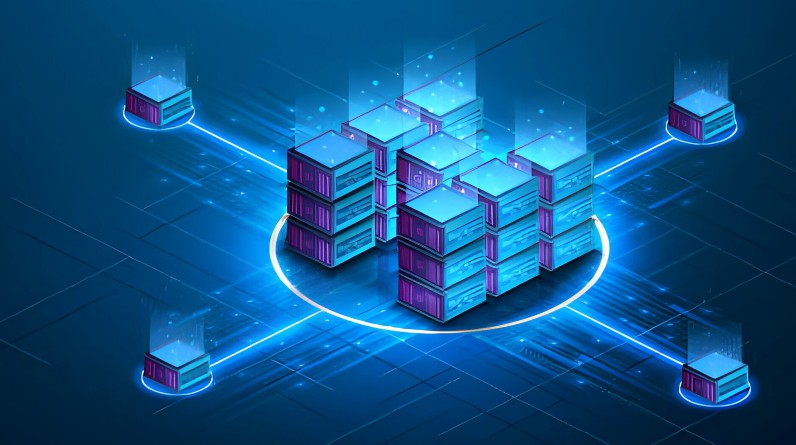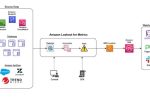Tech Trends for Secure and Transparent Business Operations

Remaining updated on the newest tech trends is imperative for enterprises aiming to promote secure and clear procedures as digital landscapes progress rapidly. The tools and plans available for fortifying processes evolve as technology ecosystems do. The pace at which technology progresses requires businesses to be proactive, adaptive, and forward-thinking, as failure to do so may expose them to vulnerabilities and hinder their ability to meet the ever-growing demands for security and transparency in the digital realm. Entrepreneurs should investigate the critical tech trends shaping present and forthcoming protected and transparent business operations- from revolutionary visibility solutions to state-of-the-art cybersecurity. Companies can leverage these advancements not only to safeguard operations but also to gain stakeholder trust.
Cybersecurity Solutions: Safeguarding Against Emerging Dangers
Robust cybersecurity is non-negotiable for modern enterprises, as threats are always arising. Partnering with an affordable web hosting provider can be a strategic move for businesses seeking to fortify their digital defenses without compromising on financial resources. Integrating AI and ML denotes a turning point, enabling real-time identification and neutralization of dangers through constant learning. From advanced threat detection to proactive risk management, the tech allows companies to secure digital assets while maintaining transparency.
Blockchain Improvements: Revolutionizing Transparency
Originally created for cryptocurrencies, blockchain has exceeded its roots to radically improve transparency across sectors. Decentralization guarantees securely verified transactions, minimizing fraud risk. Furthermore, smart contracts that self-execute agreements on blockchain networks promote accountability and openness in business deals. As companies explore blockchain uses beyond finance, the tech demonstrates immense potential for enabling organizational transparency.
Cloud Computing for Enhanced Security and Accessibility:
Aside from enabling flexibility and scalability, cloud computing significantly strengthens security and transparency. Cloud platforms incorporate sophisticated encryption, stringent access controls, and continuous monitoring to give businesses a sturdy digital foundation. By facilitating collaboration across distributed teams, cloud-based solutions also nurture transparent communication and efficient workflows. Moreover, the integration of robust web hosting for business is a pivotal component, ensuring not only enhanced security measures but also seamless accessibility to digital resources, thereby optimizing the overall efficiency of cloud-based operations. As cloud migrations accelerate across sectors, comprehending the technology’s multifaceted transparency and security benefits is becoming imperative.
IoT Integration: Boosting Operational Visibility
Interconnected sensors and devices enabled by the Internet of Things provide invaluable real-time organizational insights that allow for smarter decision-making. By establishing interconnected ecosystems of these devices, organizations can gain invaluable insights to make better decisions proactively. IoT integration enhances visibility across supply chains, equipment efficiency, and more. However, widespread connectivity demands robust security to prevent unauthorized access. Balancing connectivity and security is essential for firms to fully realize transparency and security benefits provided by IoT integration.
Biometric Authentication: Elevating Security Measures
Conventional authentication approaches are being replaced by biometrics, which enable superior identity verification using unique biological data. Ranging from fingerprint, face, and voice recognition to iris scans, biometric authentication offers superior identity verification compared to knowledge-based or physical credentials. Integrating biometric access controls and workflows boosts security while enabling links between user actions and identities, thereby nurturing transparency. Adopting the technology allows enterprises to set new transparency and security benchmarks for system interactions. This progressive shift ensures a heightened level of identity verification, contributing significantly to security measures. Users are no longer burdened with the need to remember complex passwords or carry physical authentication tokens.
In summary, the combination of technology and business operations is birthing innovative trends that carry immense potential for uplifting enterprise transparency and security. Tracking and integrating these tech developments allows companies to simultaneously mitigate risks and establish industry leadership in an age where trust and accountability are indispensable. By tracking and strategically integrating these tech trends, businesses can confidently navigate the complex landscape of digital operations, paving the way for a future underpinned by secure and transparent best practices.
Leave a reply
You must be logged in to post a comment.












